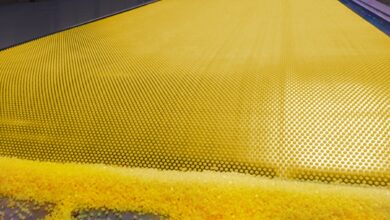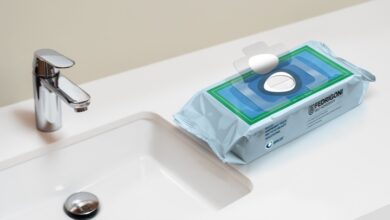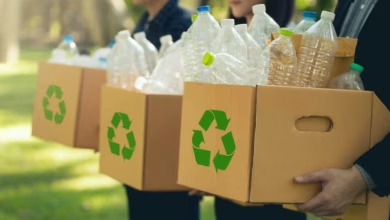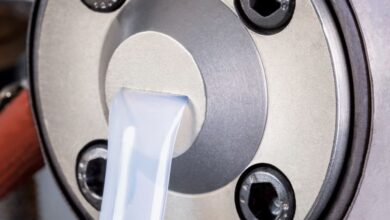Opinion: redesigning multi-layer plastics for a sustainable future

In the burgeoning field of plastic packaging, multi-layer plastics are heralded for their superior properties: barrier protection, durability, and lightweight nature. However, these same features complicate end-of-life processing, making recycling a significant challenge. In 2021 alone, the global production of multi-layer plastics reached millions of tonnes, with growth projected to continue. This increase underscores the urgency for effective recycling technologies that can address the environmental impact of these persistent materials.
Underpinned by support from the European Union’s Horizon 2020 research and innovation program, the MERLIN project critically addresses new frameworks for circular business models, consumer knowledge (awareness) strategies as well as policy levers aimed at promoting more recyclable circulate economy-orientated multi-layer packaging.
The methodology for identifying “good practices” within the MERLIN project were structured around a series of criteria to ensure that these are not only efficient, but also sustainable and reproducible. The project selected practices for which their maturity both in terms of clear positive environmental impact and stakeholder benefits had been demonstrated. The scalability of these practices was also analysed to determine their applicability throughout different regions and fields. The environmental impact of each practice was assessed, specifically its capacity to lower the use of virgin materials and reduce carbon emissions. The project also considered the transferability of these practices to new contexts and scales. By desk research, interviews with project partners, and stakeholder workshops, some 30 good practices out of a pool containing around 70 corresponding examples were selected for detailed inspection, giving full perspective on what is going on. It addressed the experiences and lessons learnt through case studies that were instrumental in understanding the practical implications of good practices.
The project outlines several good practices and challenges in enhancing the recyclability and circularity of multi-layer plastic packaging. One key good practice involves the development of advanced sorting technologies that enable the precise separation of various types of plastic waste. For instance, systems have been introduced that accurately identify and categorize different materials in packaging waste, thus improving recycling efficiency and helping to generate higher quality recyclates.
Another effective approach is the use of innovative delamination techniques, where specific solvents and processes separate the distinct layers in multi-material packaging. This allows for the effective recovery of materials, enabling them to be reused in the production of new packaging.
Consumer education also plays a crucial role in this circular approach. Campaigns and product labelling initiatives by companies like EDEKA help inform consumers on how to separate and dispose of packaging components correctly. By providing clear instructions on items like yogurt cups and other multi-layer packages, these campaigns help reduce contamination and improve recycling rates.
Additionally, reusable packaging models have emerged as a sustainable alternative to single-use packaging. Programs that allow consumers to return packaging for cleaning and reuse not only reduce waste but also support a shift towards a more circular system.
Efforts to shift towards bio-based materials are another essential step in reducing environmental impact. By using bio-based inks, adhesives, and dyes, companies can reduce dependency on fossil fuels and make packaging production and disposal more sustainable. Labelling standards that clarify the type of plastic and disposal method further help streamline recycling processes, guiding consumers towards proper waste management practices.
Despite these positive steps, significant challenges remain. The complex design of multi-layer packaging, which often includes bonded materials, poses a major barrier to recycling, as it requires sophisticated technology to separate the layers. Moreover, consumer misinformation and a lack of awareness about how to properly dispose of multi-material packaging lead to incorrect disposal practices and contamination in recycling streams.
There is also a lack of consistency in recycling infrastructure and standards across regions, which complicates the process and reduces efficiency. Another challenge is the higher cost of recycled materials compared to virgin ones, which discourages some companies from opting for recycled content. This limits market demand and hampers the growth of secondary raw materials.
Additionally, certain recycling technologies, like those required for effective delamination, are limited in availability, which restricts the recycling potential for some packaging types. These challenges underscore the importance of fostering collaboration amongst stakeholders, aligning policies, educating consumers, and investing in technology to overcome obstacles and drive progress towards a circular economy for multi-layer packaging.
sustainableplastics






